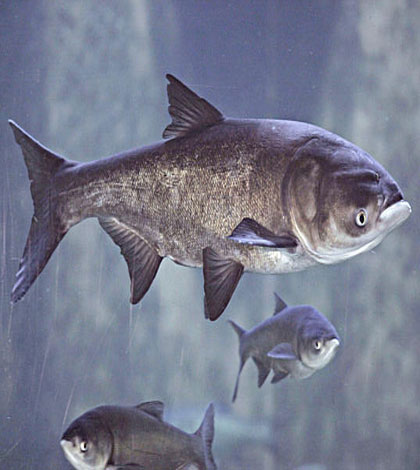MANITOULIN—While the Ministry of Natural Resources (MNR) is monitoring the current impacts for deer on the Island with the heavy snow and cold weather that has plagued the area, Island land owners are being encouraged (by the ministry, the Manitoulin Area Stewardship Council and United Fish and Game Clubs of Manitoulin (UFGCM)) to break trails where deer are concentrated so they can access food sources.
“We’re aware there are concerns regarding the winter conditions and the impacts they are having on deer. We have been contacted by the stewardship council and the UFGCM,” stated MNR biologist Wayne Selinger on Monday. “The snow depths have been increasing and it is cold.”
“We have been monitoring the situation and will be holding a deer assistance committee teleconference call later this month,” said Mr. Selinger. Although both MASC and the UFGCM are calling for a possible deer save program to be implemented on the Island, he said “It is too early to predict what the impacts are going to be on the deer population. But definitely, as the clubs are calling for, volunteers can break trails in concentration areas for the deer to get to food sources, and landowner permission is required for this to happen.”
“I think this will be one of the years that on an Island-wide basis we will have to initiate the deer save feeding program,” stated Derek Debassige, a member of MASC. “We (MASC) have already discussed this, and this issue is on our next meeting agenda at the end of January or early February.”
“We have all the property contact numbers of the owners of the properties and in many case their permission to use their lands in a deer save program, so the program can be initiated—all we would need to get is final consent,” said Mr. Debassige.
“We have raised the issue of deer feeding,” said Jim Sloss, chair UFGCM. “I’ve talked to Ian Anderson (a former conservation officer) and Wayne Selinger. Basically our concern is that we have seen very heavy snow and cold temperatures this winter. The snow first came on the Thursday of the deer hunt season and it has just accumulated since. Watching deer in yards, you can see it is so cold and there is so much snow that they have struggled to get up and feed.”
Mr. Sloss explained the Island deer herd “started the winter in exceptionally good shape physically. The snow depths are definitely becoming onerous. Most depths are up to their knees, and in places must be up to their bellies.”
There will be a deer assistance teleconference call in the next few weeks with the MNR, said Mr. Sloss, who also explained that through MASC, the UFGCM and Gore Bay Fish and Game Club put together a contact list of all property owners of deer yards a few years ago. Permission was given to carry out work and feed the deer on their property, with landowners giving from one-five years to carry out this work if needed.
“One of the downsides of a deer feeding program is that it costs about $50,000 in total, but the public should be aware if they see a problem with deer getting to food they can play a very important role,” said Mr. Sloss. “They can break trails anywhere the deer have been yarding up and been using trails that are broken to get to food.”
“This has been an exceptional winter with the large amount of snow and cold temperatures, the likes I know I haven’t seen for several years,” Mr. Anderson told the Recorder. “The deer aren’t in a bind yet, with 18-20 inches of snow on the ground it impacts the mobility of the deer, and if we have that much snow or more for 90 days, there is a really good chance of losing deer.”
“The good news is that it was an extremely good summer, and the deer entered the fall in exceptional shape with a lot of body fat, and that’s the plus,” continued Mr. Anderson. “In the area from Central to Western Manitoulin I know the deer are starting to yard up in the normal deer yards. People can break trails if they are on their property to allow the deer to get to food sources. They need to be in the bush where the deer are and break trails from one food source to others and the deer will find them.”
“When people consider breaking trails, they need to make sure they break them where deer go from food source to food source,” said Mr. Anderson. “No, there is no need to put an emergency feeding program in place at this time. But there is the potential for a tough winter if there continues to be a build up of snow and cold. The time to help is now by breaking trails.”
“If anyone is inclined to help the deer they should start now by clearing the trails for deer to access food,” said Mr. Anderson. “We need to pay attention to this potential problem now. We have the potential to have a very bad winter.”
Mr. Selinger added, “It’s too early to talk of a deer save feeding program taking place. Until we get a really good idea of the impacts of the winter are going to have on them. We will see this play out in the next few weeks. We will be working with the local groups and individuals, and in the interim yes, we would encourage people to look at helping out by clearing trails for the deer in concentrated areas so they can access food sources.”





